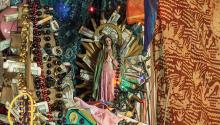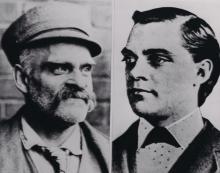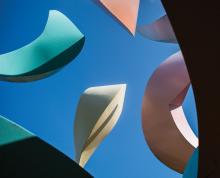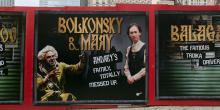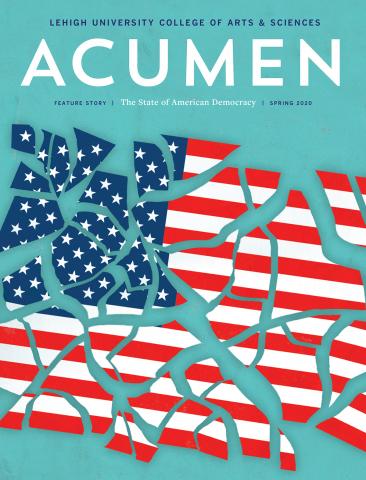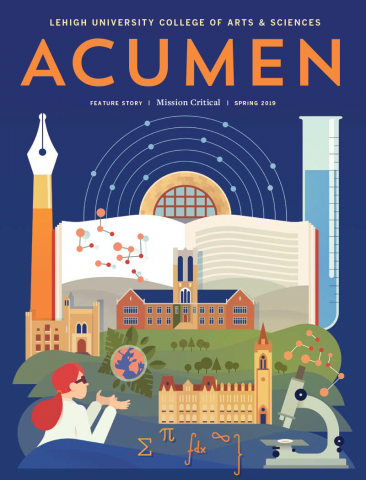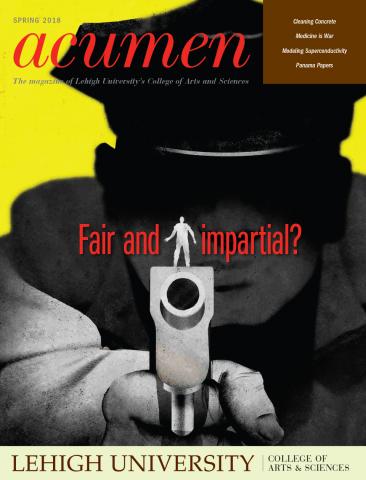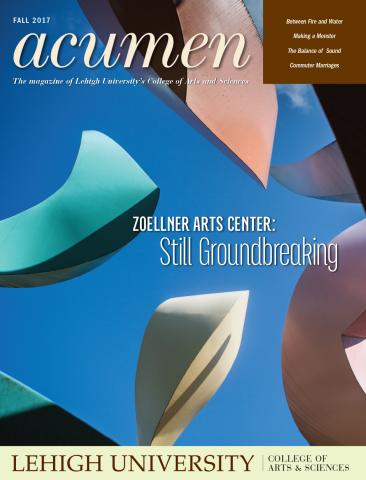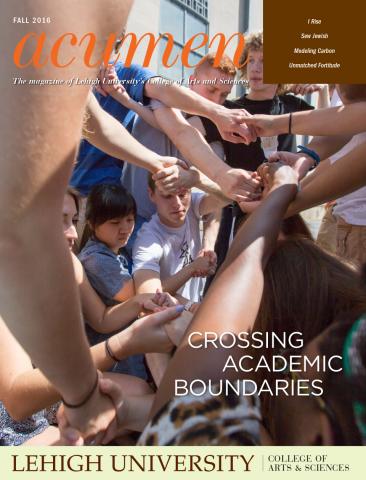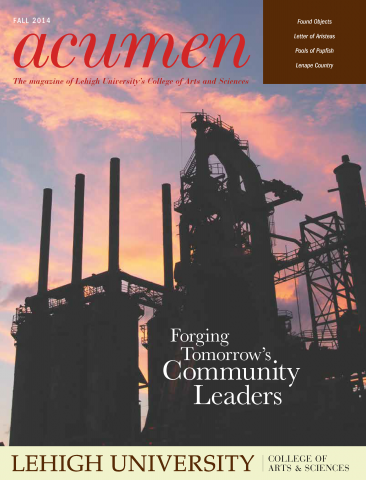
Each March 19, residents of New Orleans celebrate the Catholic feast of St. Joseph. The feast of St. Joseph was brought to New Orleans by thousands of Sicilians who came to the city in the late 1800s. On Anna Chupa’s altar, on display at a recent exhibition, Sicilian traditions merge with New Orleans Voodoo influences to honor the patron saint.
The story goes that Sicily was ravaged by drought and famine centuries ago. The people prayed to their patron, St. Joseph, for deliverance from these trials. The rains came, the crops grew, and the people of Sicily never forgot their promises to honor St. Joseph. Sicilian families would lay out baked goods and other delicacies on a table for St. Joseph’s Day. These traditions traveled with arriving immigrants and assimilated into New Orleans culture.
For more than 20 years, Chupa, professor of design and chair of the department of art, architecture and design, has been photographing the evolution of an altar created by New Orleans Voodoo Priestess Miriam Williams. Chupa’s work was on display as part of a summerlong exhibition at Bethlehem’s Banana Factory. The collection of 33 photographs chronicles Williams’ altar room between Hurricane Katrina and a fire that destroyed Williams’ temple in 2016.
Long interested in Vodun, Chupa has for decades been interested in the connections between spiritual altars, the Mardi Gras Indians’ appearance on St. Joseph’s feast day and the importance of Black Hawk in New Orleans. Black Hawk was a Native American Sauk and Fox tribe leader who lived from 1767 to 1838 and possessed a reputation as both a warrior who resisted governmental oppression and a man who could show mercy.
“There is no causal intersection between the Sicilian traditions and St. Joseph and the Voodoo traditions,” Chupa says. “On St. Joseph’s Day, all of the Italian grocery stores were open and all of the Italian homes that had an altar opened their homes to the public. The idea was to open your home to strangers and feed the poor. At some point, the Mardi Gras Indians started celebrating on St. Joseph’s Day. The assumption is before I-10 went in, there wasn’t a sharp division between neighborhoods that the interstate imposed.”
As part of the St. Joseph Day tradition, families take pride in setting up an altar in the living room—or perhaps taking over an entire garage. Many families contribute either baked items or cash to the cause. The faithful will then go around the city, from altar to altar, visiting family and friends. They will stop for a prayer or two, then leave some coins to help offset the costs of setting up the altar. Left-over money is then donated to the poor. On the way out, guests will stop and pick up a “lucky bean,” a fava bean symbolizing the restoration of the crops in Sicily.


